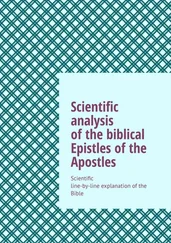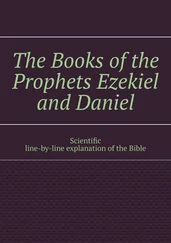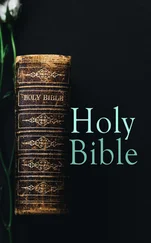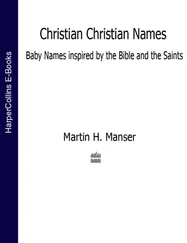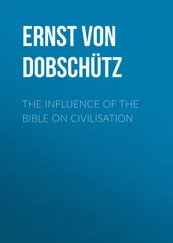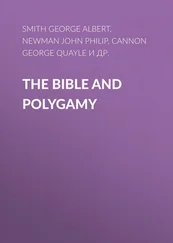Though this chapter focuses on reconstructing ancient Israel’s oral traditions, it can be helpful to contrast such speculation about now-lost oral traditions with a look at the written text that we actually have. In the case of Israel’s ancestors, we start with the written text of Genesis 12–50, one that is thoroughly shaped by the above-noted, later written themes of promise and covenant.
Outline: the three major parts of Genesis 12–50
1 Abraham: God’s promises of blessing and land to Abraham and his descendants 11:27–25:11[Interlude: Genealogy of the descendants of Ishmael 25:12–18]
2 Jacob: Transfer of promises to Isaac and Jacob; also stories of Rebekah, Esau, Rachel 25:19–35:29[Interlude: Genealogy of the descendants of Esau 36:1–43]
3 Joseph and other sons of Jacob: division among brothers and eventual reconciliation 37–50
Key themes
An overarching theme for this section is God’s gift of promises of blessing and land to Abraham (Gen 12:1–7) and covenant with him (Genesis 15 and 17), promises that are then passed on to his heirs Isaac (Gen 26:2–5, 24) and Jacob (Gen 28:13–14; 35:9–15).
Much of the Abraham story is particularly oriented toward these promises. It tells of how Abraham is protected by God in Egypt and in Gerar when he leaves Israel because of famine (Gen 12:10–20; 20:1–18), how God eventually makes covenants with him sealed by sacrifice (Genesis 15) and the sign of male circumcision (Genesis 17), and how God provides him a son through Sarah to inherit the promise, Isaac (Genesis 18; 21:1–7), alongside his son, Ishmael, whom he fathers through Sarah’s slave, Hagar (Gen 16; 21:8–21).
The theme of promise continues in the Jacob story (Genesis 25–35), especially in an initial digression focused on Isaac (Gen 26:1–33). Nevertheless, most of this part of Genesis focuses on Jacob’s journey away from home, fleeing the wrath of his brother, Esau, caused by Jacob’s trickery (Gen 25:29–34; 27:1–45). Jacob travels to stay with Abraham’s relatives in Haran and acquires family and flocks there, including fathering the ancestors of the twelve tribes of Israel (Genesis 28–30). The story concludes with Jacob’s return to the land, wrestling with God (Gen 32:22–32) just before reconciling with his brother Esau (Genesis 33).
The Joseph story in Genesis 37–50 is even more focused on the theme of division among brothers. Joseph’s brothers sell him into slavery at the outset (Genesis 37), but he rises to power in Egypt (Genesis 39–41), and he is then able to provide for his father and brothers when they flee to Egypt because of another famine in Israel (42–50).
Women in Israel’s ancestral stories
There are some important stories focusing on women among Israel’s ancestors. On the one hand, we see biblical matriarchs exerting a limited form of power in the household sphere, whether through using slaves as sexual surrogates (Sarah using Hagar in Genesis 16; Rachel and Leah using Bilhah and Zilpah in Gen 30:3–13) or using their wits to promote their favored son (Rebekah in Genesis 27) or protect their husband from a vengeful father-in-law (Rachel in Gen 31:26–35). On the other hand, the stories of Dinah and Tamar show the extreme vulnerability of women in the Israelite world. Tamar exposes her body and risks death in the process of trying to secure a lineage for her father-in-law Judah (Genesis 38), and Dinah is raped and revenged amidst a power struggle between her brothers and the inhabitants of Shechem (Genesis 34).
Further reading
Try reading through Genesis 12–50 now with this background. These are some of the most famous stories in the Bible, particularly because three major world faiths – Judaism, Christianity, and Islam – focus on Abraham and God’s promises to him and his heirs. We will return to these texts later in this Introduction , but this is a good time to initially familiarize yourself with them.
Your reading of texts like Genesis becomes more nuanced when you are attuned to the fact that it contains such earlier oral traditions. Rather than trying to explain away or excuse strategies like Jacob’s tricking of Esau out of his father’s blessing (Genesis 27), you can see such elements as part of the Bible’s complex mix. Not only does the Bible describe God’s promises to and covenants with Israel’s great patriarchs (e.g. Genesis 15 and 17), but it includes adaptations of these stories of ancestral trickery and self-reliance.
Finally, it should be stressed that these earlier oral traditions are adaptations themselves of centuries of earlier oral traditions. As stories about Abraham and Jacob, Rebekah and Rachel were told and retold in the vulnerable unwalled villages of Israel, they were selected and reshaped to encourage early Israelites. Those Israelites faced challenges in securing their livelihood and defending themselves against the kings of surrounding city-states. Generations of Israelite storytellers selected certain stories and reshaped them for their hearers. Some tales fell by the wayside while others gained new elements. And this complex oral storytelling process produced uncanny elements in Israel’s ancestral narratives that readers often overlook.
 READING
READING
Exodus 2, 5–10, and the potential early song of Miriam in Exod 15:20–1.
The book of Exodus, like Genesis, is a complex mix. In Chapter 6of this Introduction , we will discuss how major parts of Exodus – such as the stories of God’s delay of the exodus to inflict plagues on Egypt – were shaped in relation to later Israel’s experiences of imperial trauma. That does not mean, however, that later storytellers completely made up the figure of Moses and the exodus event. Rather, key parts of the exodus story would never have been invented by later writers, such as Moses having an Egyptian name (consider, for example, the famous Pharaoh Thut mose ) or Moses having foreign wives from Midian (Exodus 2) and Cush (Numbers 12). And these are just two initial indicators that some kind of story of the exodus circulated in ancient Israel from a very early period. At the start, such a story may well have been the property of a subgroup in Israel, perhaps an “exodus group” of prisoners who had escaped from Egypt who then joined others living in hill-country villages and told their story of liberation from Pharaoh under the leadership of Moses.
Yet, even assuming that some sort of exodus from Egypt occurred historically, the story about it would not have survived if it had not also spoken an important new word to the people living in the hill-country villages. And there are good reasons to think it did. For these village-culture Israelites had “pharaohs” of their own day, the rulers of the city-states surrounding them, whom they needed to resist. The Song of Deborah in Judges 5 (and the later accompanying story in Judges 4) vividly describes the kind of threat posed by such cities, with their professional armies and chariots. Furthermore, it is likely that some such formerly Egyptian-dominated cities, such as Jerusalem or Shechem, preserved remnants of the Egyptian culture. At the least, these former outposts of Egyptian domination of Canaan would have been perceived by villagers as the closest oppressive counterpart to the Egypt that had once dominated the area.
The story of Yahweh’s deliverance of slaves from Egypt would have served as a powerful rallying cry for villagers now fighting for survival against such city-states. The story became the property of all “Israel,” not just former slaves and their descendants. We see this sort of community claiming of an older story today, for example, in the way later African Americans have claimed the stories of the Bible for themselves. In his March 2008 speech on race, “A More Perfect Union,” Barack Obama drew on his autobiography to describe how he found hope in the merging of biblical stories and contemporary lives in the black church:
Читать дальше
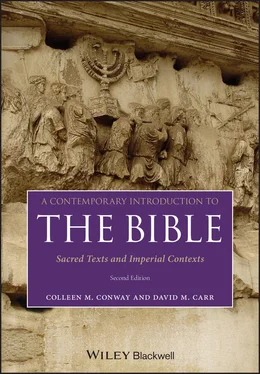
 READING
READING
